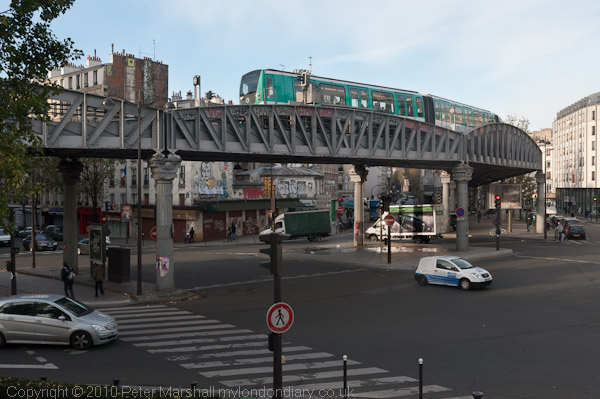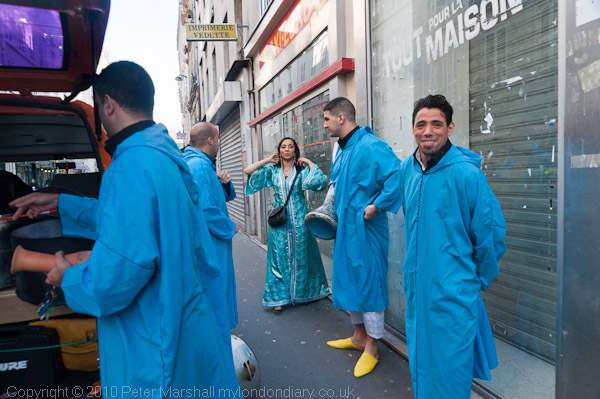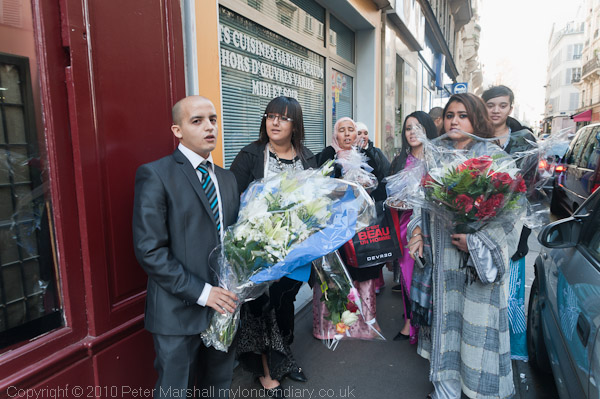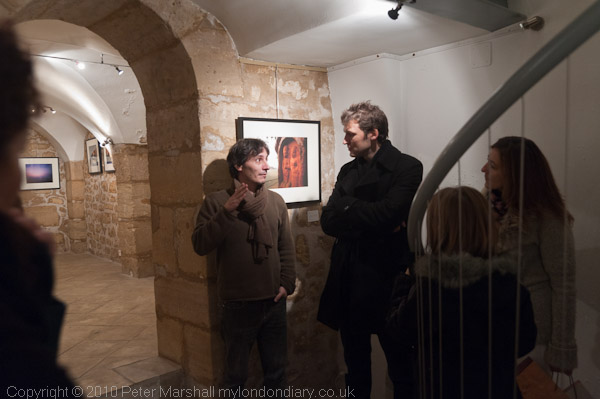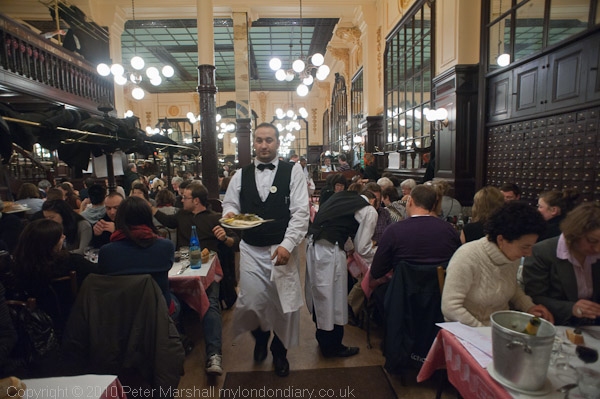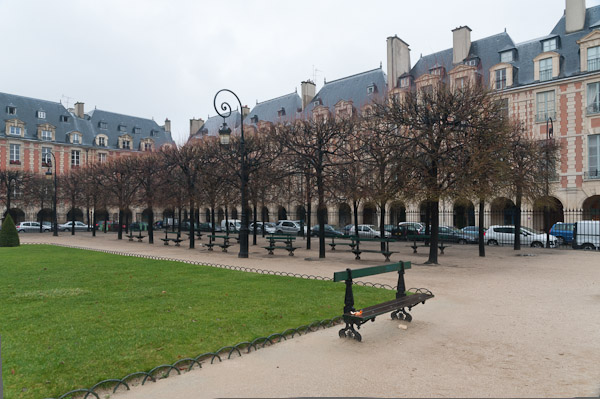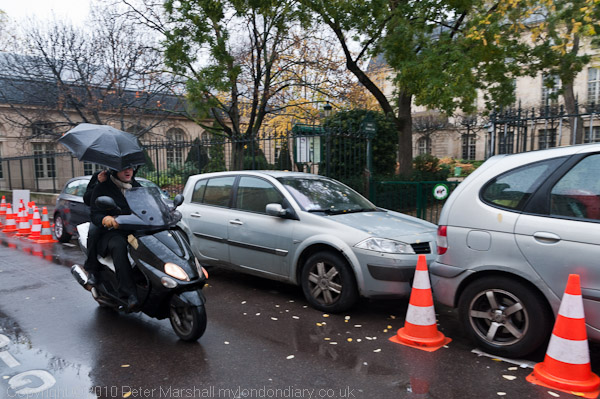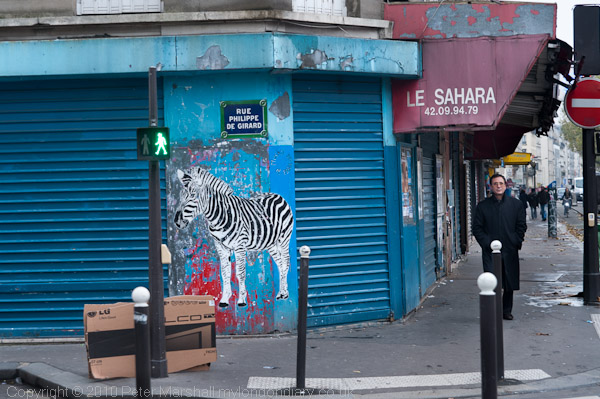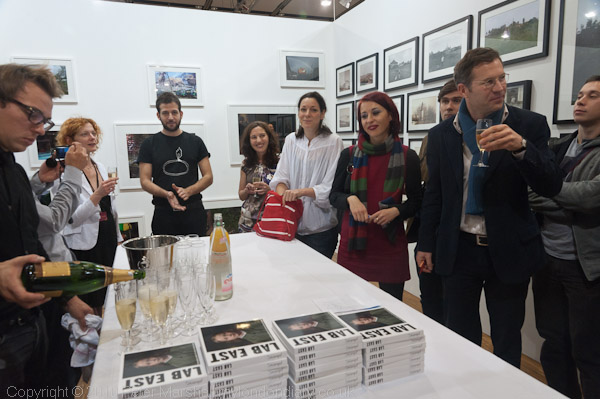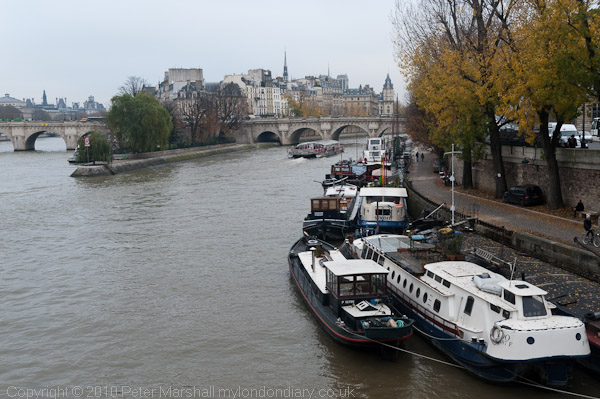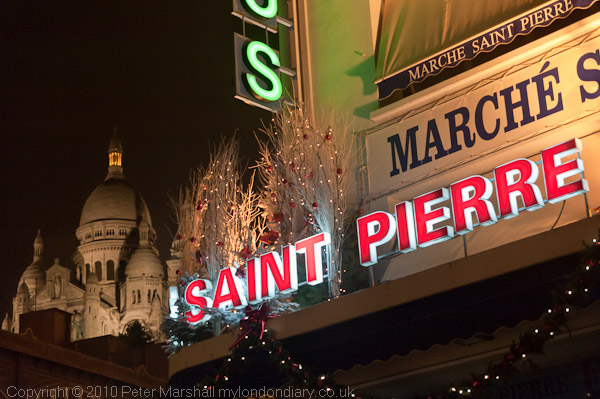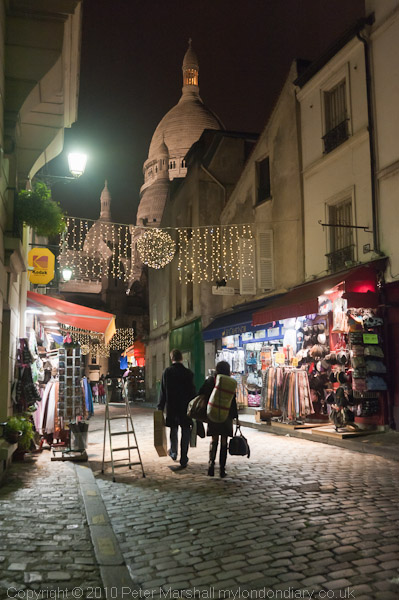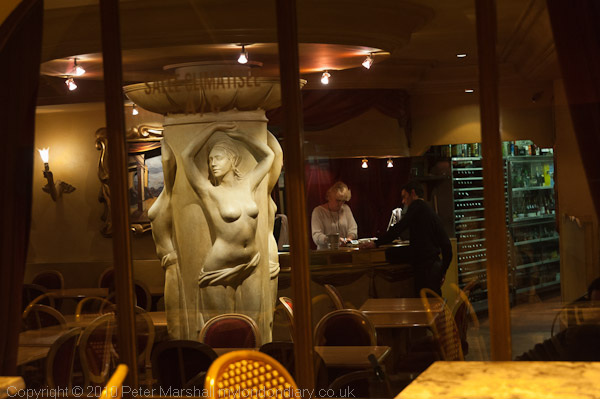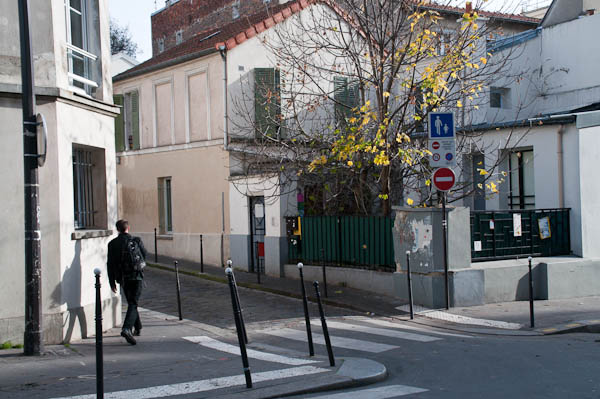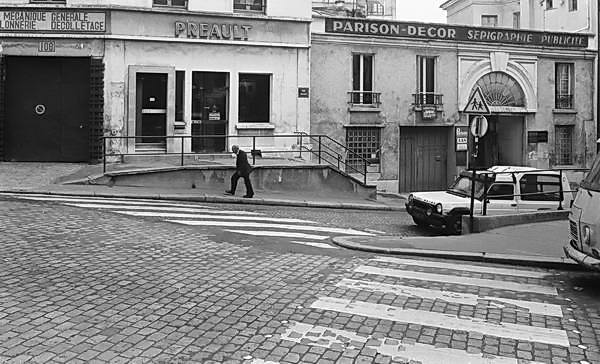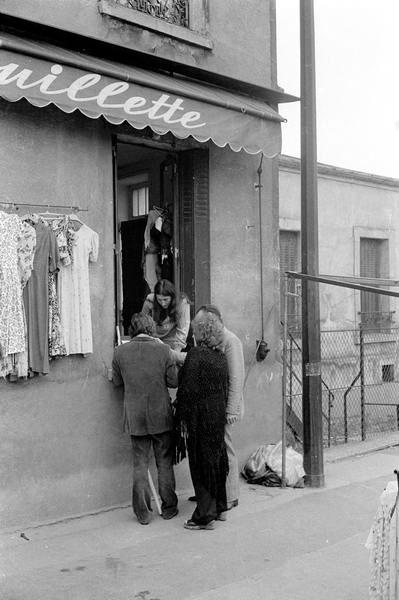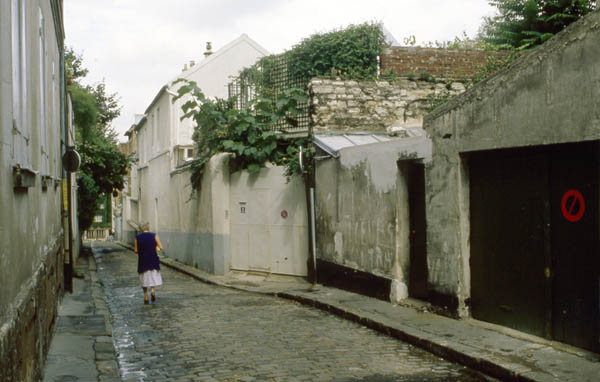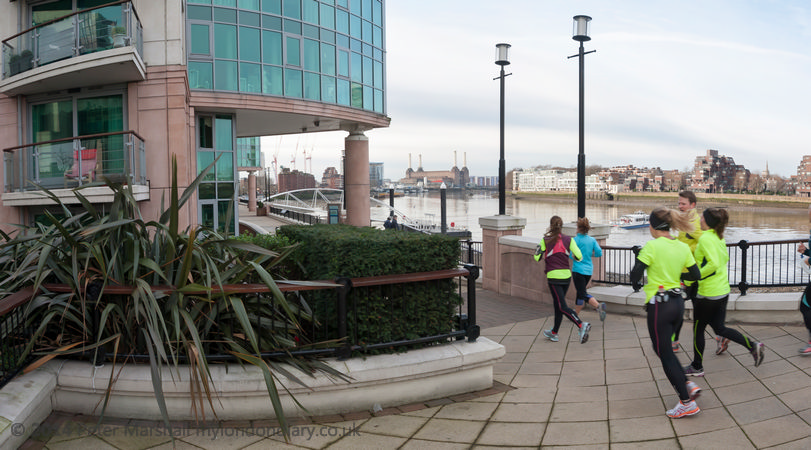
Digital Panoramas on the Thames Path
I’ve long had an interest in panoramic photographs, both in taking them and also appreciating the work of well-known photographers who have made panoramic images. From the earliest days some photographers wanted to make pictures with a wider field of view than was possible with a normal camera and lenses, and the first patent for a specialised panoramic camera was filed in Austria in 1843, using a curved Daguerreotype plate and rotating lens.
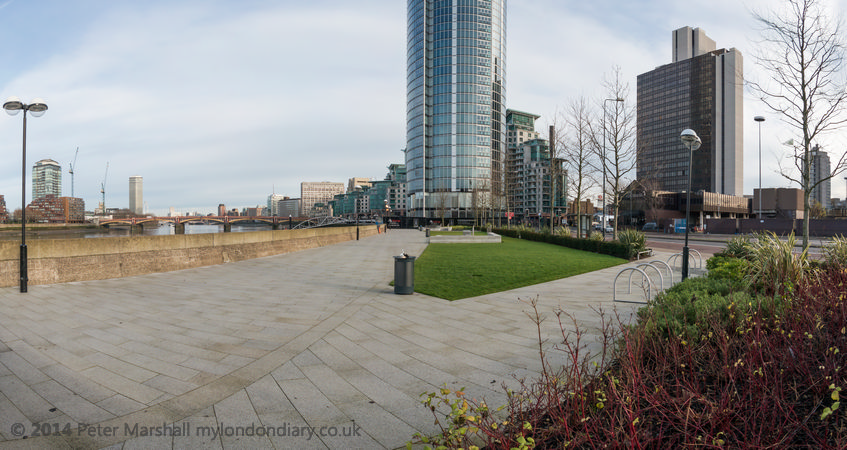
The earliest existing panoramic photographs appear to be those by Friedrich von Martens made in the early 1840s – such as this example on Wikimedia dated from 1846. There are also paper prints from the same era, presumably made from calotype negatives. As well as making single exposures with an angle of view of around 150°, von Martens and others made panoramas using multiple exposures, often with normal lenses. Martens produced what was probably the first 360° panorama using three curved Daguerreotype plates.
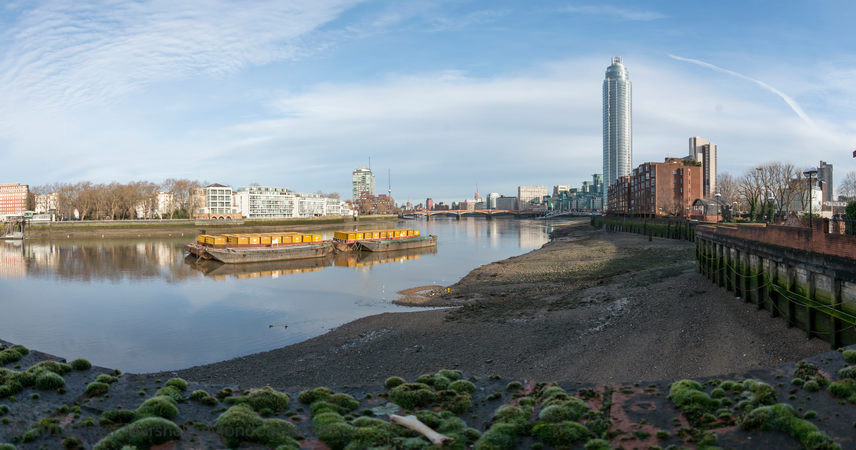
Normally we use cameras with rectilinear lenses to render straight lines in the subject as straight lines in the picture. But as the distance from the lens centre to the film or sensor gets longer towards the edges and corners, the image magnification also increases. This begins to be noticeable with extreme wideangle lenses, although more of a problem with some subject matter than others.
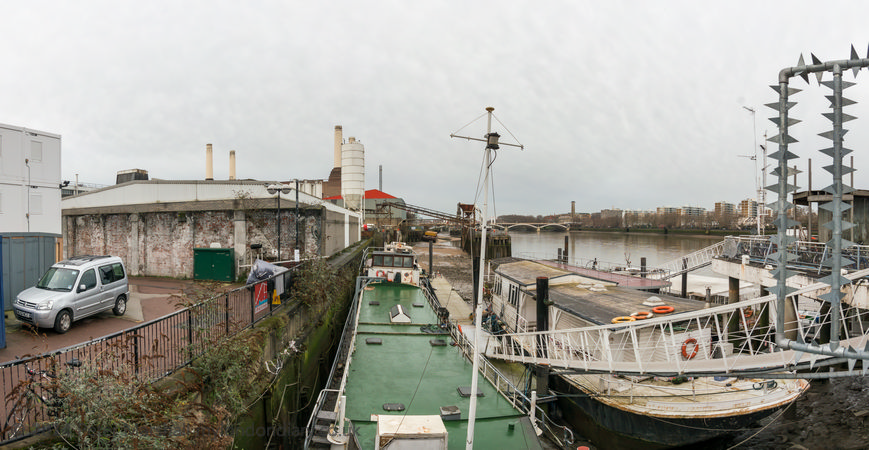
Although I’ve worked with a full-frame lens at 12mm, I’ve found that for general purposes a practical limit is around 15-16mm with 18mm generally more useful, corresponding to an horizontal angle of view of 90°. Beyond that the image stretching usually becomes too noticeable.
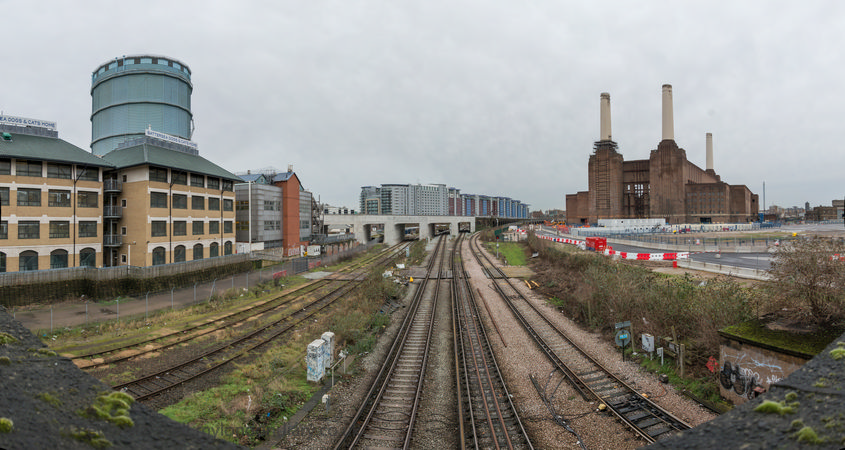
The first really popular specialised panoramic film cameras were the 1899 #4 Kodak Panoram and the Circut, patented in 1904 and produced in a range of sizes until 1945. Some were still in use until recently for producing long roll photographs of perhaps 800 pupils sitting in rows on the school field. They rotated slowly enough for some students to run around the back of the group and appear at both ends. Cameras of this type were used to great effect by photographers including Josef Sudek.
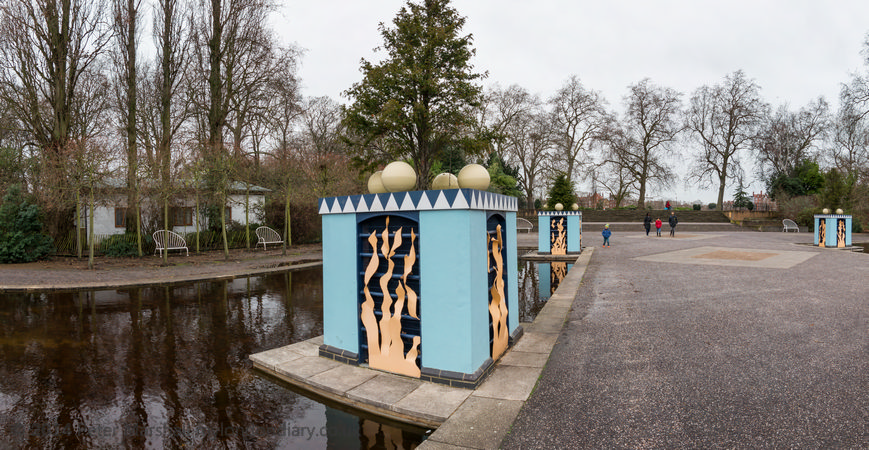
Having made several multi-image panoramas and found the process limiting I bought my first rather more modest panoramic camera, a Japanese Widelux taking images on 35mm film in 1991. Later I bought a Russian Horizon which gave similar results, and a 120 format Chinese model. I still have these along with a Hasselblad X-Pan, not really a true panoramic camera, but using a panoramic format – with the standard lens it only gives a similar angle of view to a 28mm lens, and even with the 30mmm wideangle I mainly used only around a 90° angle of view.
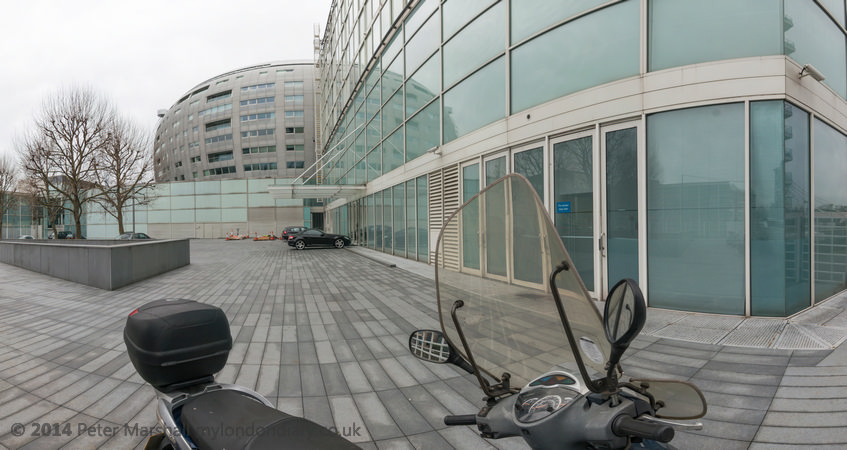
These cameras were the main reason I continued using some film after going digital in 2002. But some years later I found a way of working with digital cameras to make panoramic images, using a fisheye lens and then ‘defishing’ this with software to give a similar image to those made with the swing lens cameras.
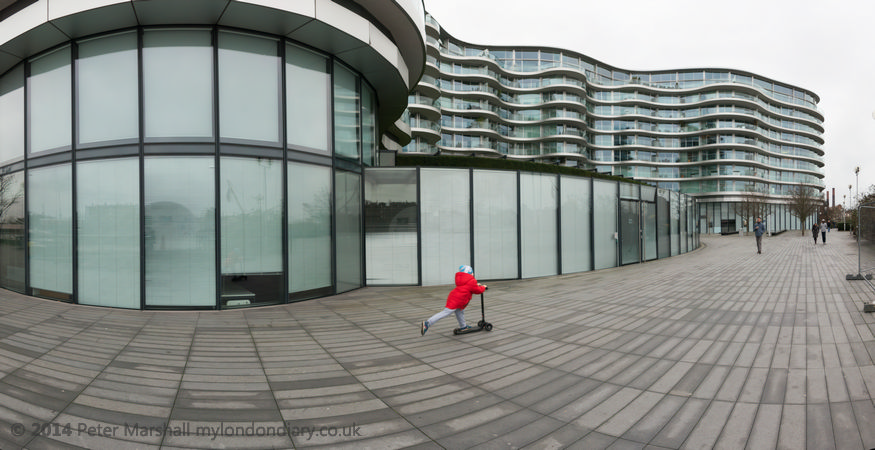
These pictures were taken seven years ago on a short walk along one of my favourite sections of the Thames Path in London, from Vauxhall to Wandsworth on Sunday 5th January 2014.
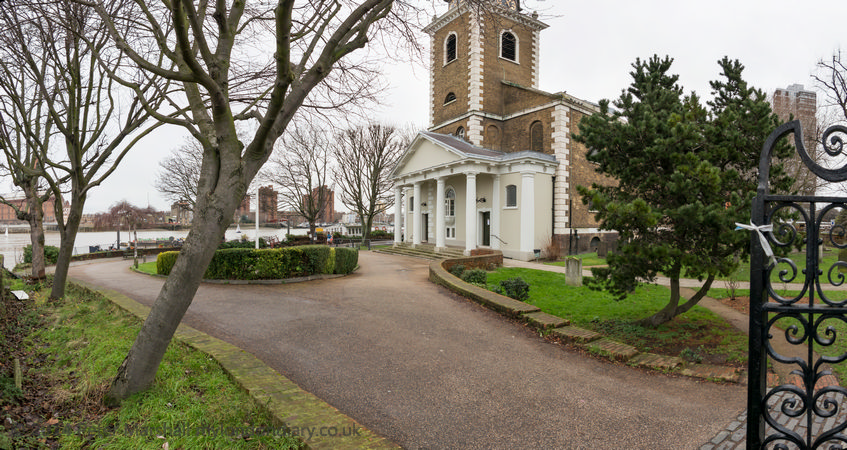
I took images handheld with a Nikon D800E using a Nikon 16mm f2.8 fisheye lens, and later converted them using an Equirectangular projection in PTGui software. I now generally use the more convenient Lightroom Export plug-in https://www.imadio.com/products/prodpage_hemi.aspx ‘Fisheye-Hemi’ from Imadio.
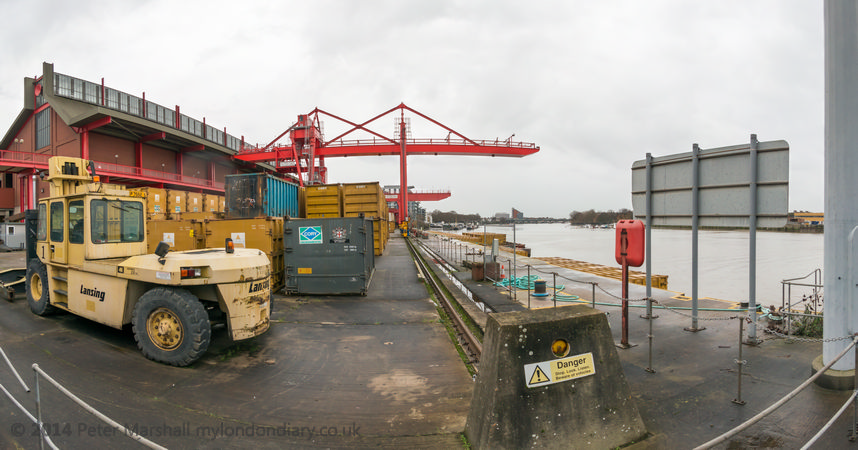
You can see larger images and many more from the walk at Thames Path Panoramas on My London Diary.
